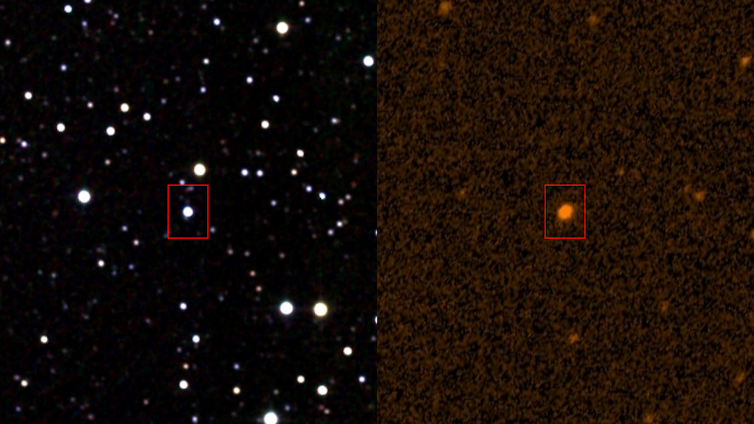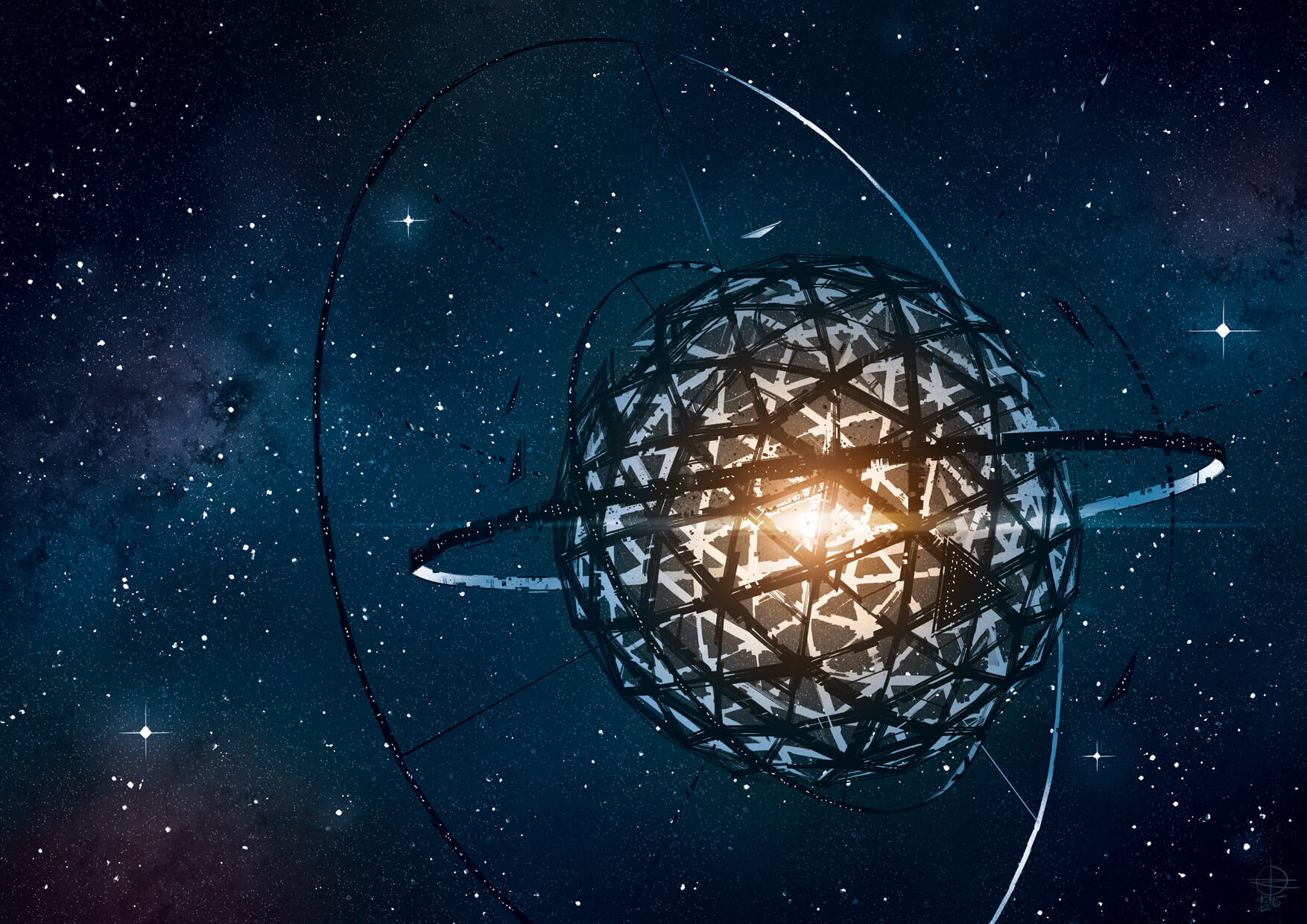Key Takeaway:
A team of astronomers has identified seven candidates for alien megastructures, known as Dyson spheres, within 1,000 light-years of Earth. These spheres, which consist of floating power collectors, factories, and habitats, would take up more space until they surrounded almost the entire star like a sphere. The seven promising candidates are all “M-dwarfs” — smaller and less bright than the Sun. Dyson spheres were first proposed by physicist Freeman Dyson in 1960 as a way for advanced civilizations to harness a star’s power. However, the case against Dyson spheres is that any civilization capable of building them would probably not need to, as our global energy use has grown more slowly over the past 50 years.
There are three ways to look for evidence of alien technological civilisations. One is to look out for deliberate attempts by them to communicate their existence, for example, through radio broadcasts. Another is to look for evidence of them visiting the Solar System. And a third option is to look for signs of large-scale engineering projects in space.
A team of astronomers have taken the third approach by searching through recent astronomical survey data to identify seven candidates for alien megastructures, known as Dyson spheres, “deserving of further analysis”.
This is a detailed study looking for “oddballs” among stars – objects that might be alien megastructures. However, the authors are careful not to make any overblown claims. The seven objects, all located within 1,000 light-years of Earth, are “M-dwarfs” — a class of stars that are smaller and less bright than the Sun.
Dyson spheres were first proposed by the physicist Freeman Dyson in 1960 as a way for an advanced civilisation to harness a star’s power. Consisting of floating power collectors, factories and habitats, they’d take up more and more space until they eventually surrounded almost the entire star like a sphere.
What Dyson realised is that these megastructures would have an observable signature. Dyson’s signature (which the team searched for in the recent study) is a significant excess of infrared radiation. That’s because megastructures would absorb visible light given off by the star, but they wouldn’t be able to harness it all. Instead, they’d have to “dump” excess energy as infrared light with a much longer wavelength.
Unfortunately, such light can also be a signature of a lot of other things, such as a disc of gas and dust, or discs of comets and other debris. But the seven promising candidates aren’t obliviously due to a disc, as they weren’t good fits to disc models.
It is worth noting there is another signature of Dyson sphere: that visible light from the star dips as the megastructure passes in front of it. Such a signature has been found before. There was a lot of excitement about Tabby’s star, or Kic 8462852, which showed many really unusual dips in its light that could be due to an alien megastructure.

It almost certainly isn’t an alien megastructure. A variety of natural explanations have been proposed, such as clouds of comets passing through a dust cloud. But it is an odd observation. An obvious follow up on the seven candidates would be to look for this signature as well.
The case against Dyson spheres
Dyson spheres may well not even exist, however. I think they are unlikely to be there. That’s not to say they couldn’t exist, rather that any civilisation capable of building them would probably not need to (unless it was some mega art project).
Dyson’s reasoning for considering such megastructures assumed that advanced civilisations would have vast power requirements. Around the same time, astronomer Nikolai Kardashev proposed a scale on which to rate the advancement of civilisations, which was based almost entirely on their power consumption.
In the 1960s, this sort of made sense. Looking back over history, humanity had just kept exponentially increasing its power use as technology advanced and the number of people increased, so they just extrapolated this ever-expanding need into the future.
However, our global energy use has started to grow much more slowly over the past 50 years, and especially over the last decade. What’s more, Dyson and Kardashev never specified what these vast levels of power would be used for, they just (fairly reasonably) assumed they’d be needed to do whatever it is that advanced alien civilisations do.
But, as we now look ahead to future technologies we see efficiency, miniaturisation and nanotechnologies promise vastly lower power use (the performance per watt of pretty much all technologies is constantly improving).
A quick calculation reveals that, if we wanted to collect 10% of the Sun’s energy at the distance the Earth is from the Sun, we’d need a surface area equal to 1 billion Earths. And if we had a super-advanced technology that could make the megastructure only 10km thick, that’d mean we’d need about a million Earths worth of material to build them from.
A significant problem is that our Solar System only contains about 100 Earths worth of solid material, so our advanced alien civilisation would need to dismantle all the planets in 10,000 planetary systems and transport it to the star to build their Dyson sphere. To do it with the material available in a single system, each part of the megastructure could only be one metre thick.
This is assuming they use all the elements available in a planetary system. If they needed, say, lots of carbon to make their structures, then we’re looking at dismantling millions of planetary systems to get hold of it. Now, I’m not saying a super-advanced alien civilisation couldn’t do this, but it is one hell of a job.
I’d also strongly suspect that by the time a civilisation got to the point of having the ability to build a Dyson sphere, they’d have a better way of getting the power than using a star, if they really needed it (I have no idea how, but they are a super-advanced civilisation).
Maybe I’m wrong, but it can’t hurt to look.





























